I share with you tips on how to cook resistant starches for weight loss and other health benefits.
Click here to read part 1 of this resistant starch series on resistant starches and various health benefits.
One fascinating thing about cooking resistant starches is that there are certain cooking techniques that can be used to control the resistant starch content in foods. Some of these techniques include:
- Changing the pH by adding acids
- Cooking/heating time and temperature
- Altering the number of heating and cooling cycles you implement.
Naturally, different types of rice will have varying levels of amylose (resistant starch) content ranging from 0-35%. Digestibility of cooked rice starch is typically influenced by the amount of amylose, with higher amylose content resulting in slower digestion and lower glycemic index of the rice. However, after cooking rice, there is typically less than 3% resistant starch that will not get digested.
Ripening
For certain foods like banana which are typically not cooked, allowing the fruit to ripen into a yellow colour will result in lower resistant starches because of their conversion into regular, digestible starches. That’s why green bananas are known to contain very high levels of resistant starch.
The Addition of Heat/Acid
Heat treatment (i.e. cooking/boiling) combined with the addition of an acid to starchy food (i.e. lemon juice) has been a method for increasing resistant starch content in food.
Cooling Process
A more commonly used food preparation method that has a significant effect on changing resistant starch content is starch retrogradation; otherwise known as “yesterday’s rice” (i.e. cooked rice which is stored overnight). The starch retrogradation cooling process is responsible for enhancing resistant starch content in specific foods after cooking, in which type 3 resistant starch is produced. Once these starches are cooled after being cooked, there is formation of a new structure that is digestion-resistant. The optimal temperature for retrogradation is between 1-25°C and longer storage time enables more retrogradation to take place.
A clinical randomized, single-blind crossover study investigated the effect of cooling cooked white rice on resistant starch content and glycemic response in healthy subjects. Analysis of resistant starch was conducted on freshly cooked white rice (control rice), cooked white rice cooled for 10 hours at room temperature (test rice 1), and cooked white rice cooled for 24 hours at refrigeration temperature (i.e. 4°C) then reheated (test rice 2). Researchers found that with with equal amounts of rice, test rice 2 (cooled for 24 hours) exhibited the greatest resistant starch content. Test rice 2 reflected the “cook-cooling” method of starchy foods, and displayed significant reductions in glycemic response by decreasing the amount of available carbohydrates compared with freshly cooked control rice.
Recently, a group of researchers claimed that a new heating and cooling method for increasing resistant starch in foods could possibly “cut the number of calories absorbed by the body by more than half”. Depending on the variety of rice and method of processing, it was said that calories could be reduced by ~50-60%. This innovative method involved boiling water and adding 1 teaspoon of coconut oil to it, followed by adding ½ a cup of rice. The rice would be simmered in this liquid for 40 minutes or boiled for 20-25 minutes, then refrigerated for 12 hours. Researchers found that this method resulted in a 10 X greater increase in resistant starch compared to regularly cooked rice.
But how did coconut oil, cooking time and refrigeration work its magic? It was explained that the coconut oil (a lipid) entered starch granules during cooking, which resulted in structural alterations, making it more resistant to enzymatic breakdown and decreasing the amount of calories absorbed. The cooling part allowed the soluble, amylose portion of starch to escape the granules during gelatinization, and reheating the rice before eating was not shown to affect concentration of resistant starch. Similarly, a Korean study found that adding soybean and coconut oil into the cooking water before heating and storing in the fridge for 12 hours increased resistant starch content. Interestingly, resistant starch was higher when cooked using a saucepan compared to an electric cooker. However, between the japonica (Hopyeong) and indica (Thailand) rice used in this study, the indica rice cooked with soybean oil had the highest amount of resistant starch (type 3 and 5).
Tips for Cooling your Starchy Favourites
If you’re a regular consumer of rice, potatoes or pasta, try adopting a different cooking method by cooking these foods 1 or 2 days and cooling prior to consuming them. Ensuring that you cool down these foods in your fridge overnight or for a few days can increase their resistant starches. Moreover, based on data from rice, cooked and cooled foods still have higher resistant starch content after reheating. This is a simple way to increase your fiber intake since resistant starch is considered a form of fiber. By cooking your potatoes, rice or pasta 1-2 days before eating them, this will increase its resistant starch content.
The Bottom Line: Should I be adding resistant starches to my diet?
Resistant starch is a unique carb because it resists digestion and leads to several health benefits. While some foods naturally have more resistant starch compared to others, the method of preparing your food impacts the ultimate amount. Whether you’re considering whether to practice the “cooking-cooling-reheating” method for enhancing resistant starch, first make sure that you have adequate and/or high fiber in your typical diet. If you’re looking to enhance the fiber of some of your starchy foods, this is worth a try. You could add resistant starches to your diet through dietary foods sources or supplements. This includes potatoes, oats, green bananas, certain legumes, as well as cooked and then cooled potatoes and rice. Replacing simple carbohydrates with resistant starch may help improve the overall quality of your diet. However, you should try avoiding ramping up that fiber intake all of a sudden because it can cause a whole of GI discomfort and gas, and everyone’s experiences with resistant starch will definitely vary.
Many human studies display the promising health benefits with enhancement of resistant starch in the diet for improving insulin sensitivity, aiding digestion and reducing the glycemic response after a meal. Although this has been an active area of research and considerable progress has been made, we still need to determine how to best incorporate resistant starches in human diets before its full potential can be realized. Even though resistant starch is associated with some health benefits and may be one component of your lifestyle, consuming high concentrations of resistant starch won’t be the quick-fix solution to a healthy, balanced and sustainable diet for optimal health.
Click here to read part 1 of this resistant starch series on resistant starches and various health benefits.
Contribution By:
RD2B Rachel Shim

Abbey Sharp is a Registered Dietitian (RD), regulated by the Ontario College of Dietitians. She is a mom, YouTuber, Blogger, award winning cookbook author, media coach specializing in food and nutrition influencers, and a frequent contributor to national publications like Healthline and on national broadcast TV shows.
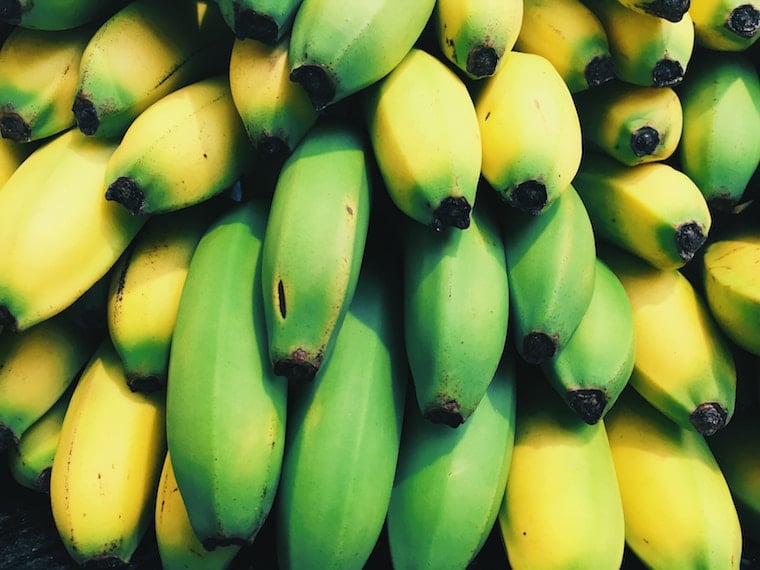

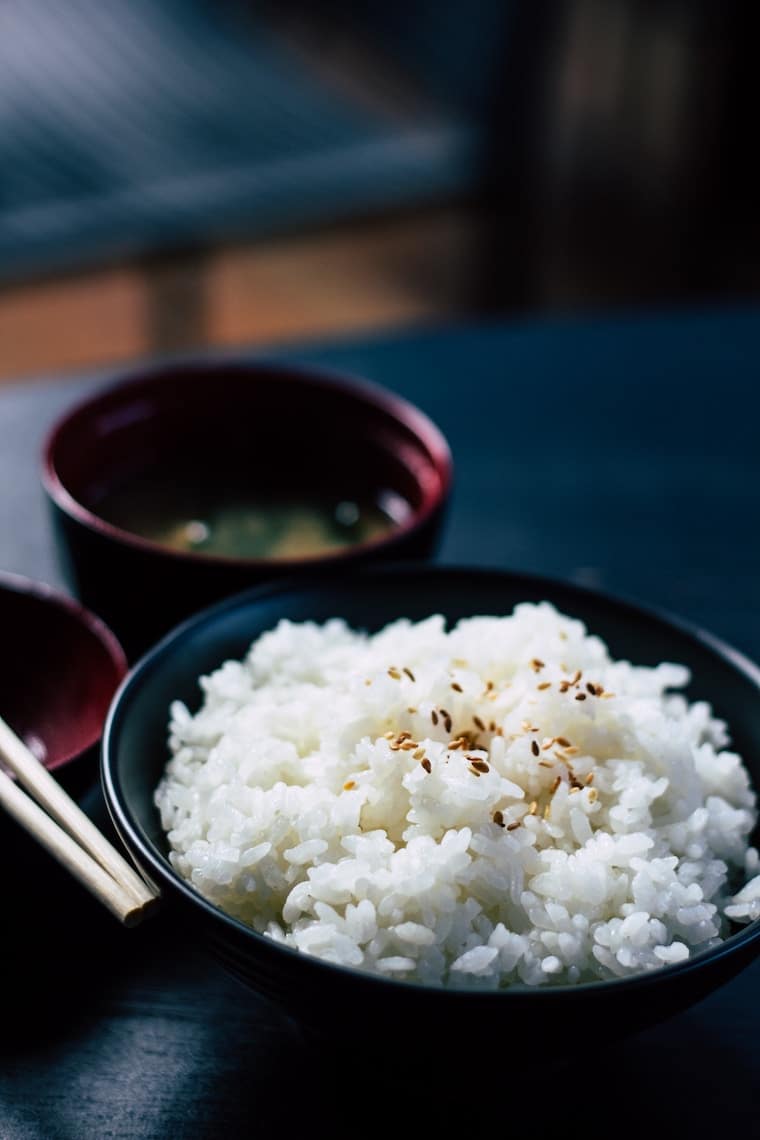
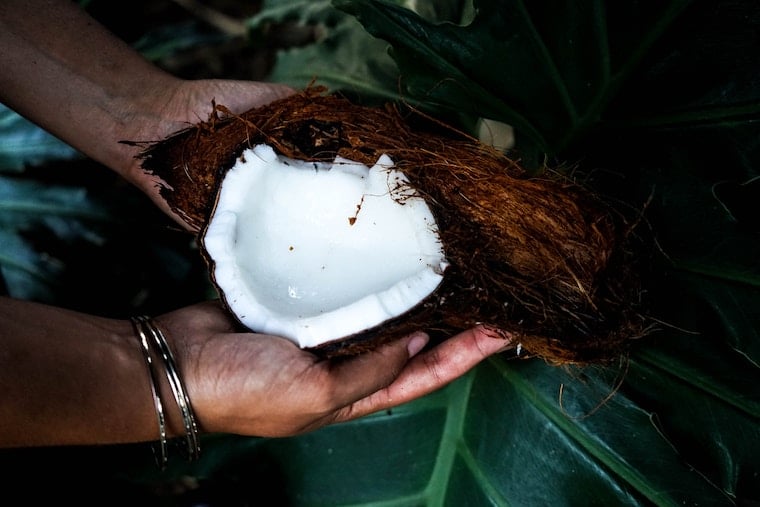
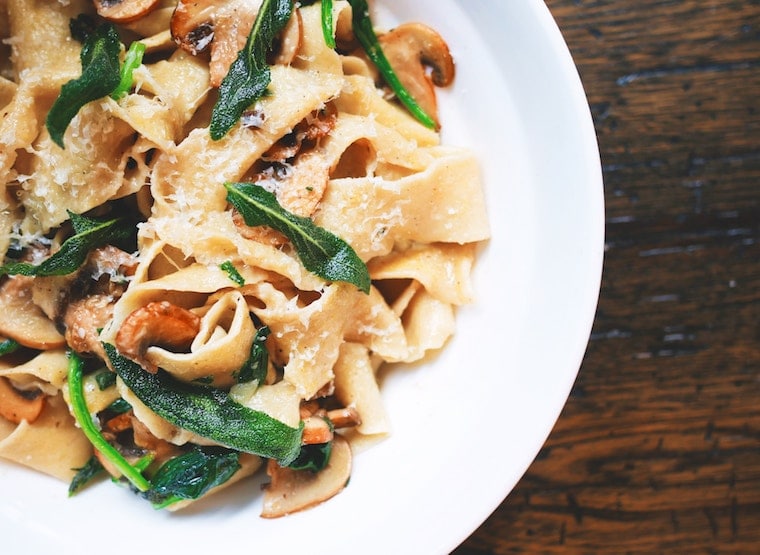
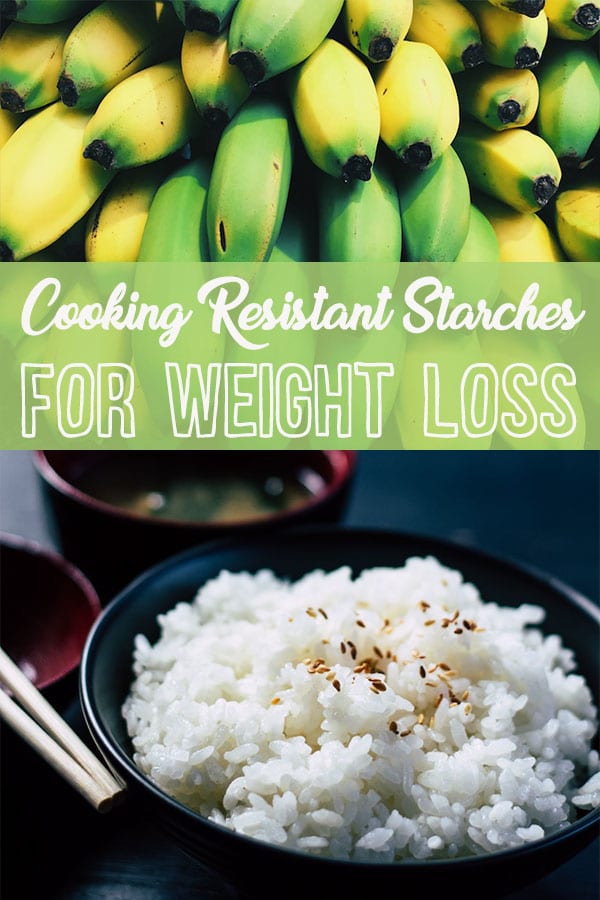

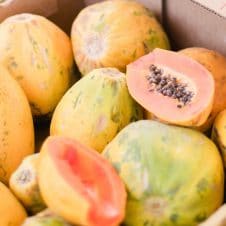

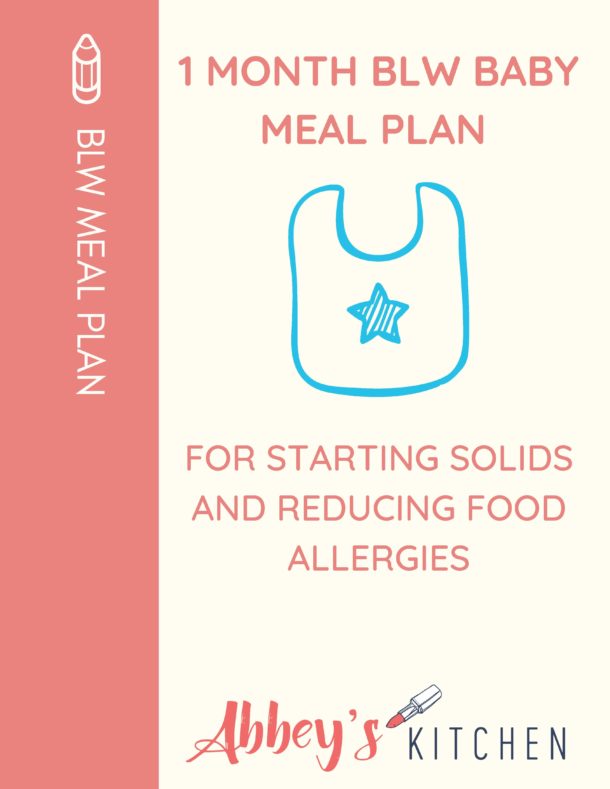
Lia Saunders says
Hi Abbey Are you able to tell me whether precooked “instant” / microwave brown rice has the same resistant starch benefits as brown rice cooked from raw and then chilled? It would make life SO much easier if it is!
Abbey Sharp says
Great question! I’ll look into that for you.
tessa says
i read somewhere that after cooking and cooling potatoes, if you then cook them in oil (e.g. french fries, hash browns, homefries), there’s even greater benefit. do you/does anyone know anything about that?
Abbey Sharp says
I would think its a similar situation, though i dont know of research on potatoes per se
Dianne Kominek says
Does resistant starch only happen when you boil foods or does baking and cooling work too?
Abbey Sharp says
Yep cooling foods like rice, pasta, and potatoes can increase the resistant starch.
Sarah Jagenberg says
You didn’t answer the question. Does baking and cooling work. Not just boiling and cooling?
Abbey Sharp says
I believe so
Dawn Gardiner says
Does creating a starch resistance product work only with white rice – what about brown rice? Unable to find info anywhere to answer this question.
LaLa says
can you heat the food again (potato or rice) after it’s been cooled? Or should you eat it cold?
Patricia says
Dear abbey,
As a newly celiac, I am concerned about all the starches in our baking in the GF recipes (to achieve fluffy baked goods).
But now I have found about this resistant starches and would like to know if I use cold extracted potato starch and use it for baking, does it loses these resistant quality? And if I would do tortillas or pancakes (just a few minutes on the skillet) would it also affect them?
Thank you in advance for your time,
Patricia
Abbey Sharp says
Hi Patricia. I will look into this for you. Thanks for your comment
Danny says
I am curious if cooking and then cooling green Bananas will still have a higher resistant starch level. Some Puerto Rican meals have boiled green bananas and plantains.
Abbey Sharp says
I will look into that for you
Vickie Lepore says
As a colon cancer survivor, I’ve been living with a compromised colon…not able to find a balanced amount of fiber in either soluable or insoluble fiber foods, resulting in the yo-yo effects of constipation or diarrhea for the past two years. Diet became very restrictive… no gluten, dairy, beans, many high fiber vegetables, no skins, high lectin foods, then I developed diverticulitis. After finally coming across resistant starches, ( not from any medical advice, just constant researching), I feel fully recovered. Thank you for making this info so clear. Can you tell me about resistant wheat, is there a lower content of gluten?
Abbey Sharp says
I don’t believe it has a lower content of gluten.
olivia says
Hi there! Wondering how I can apply this to yams/sweet potatoes? Thanks for the great information!
Abbey Sharp says
Hey Olivia, white potatoes actually contain more resistant starches than sweet potatoes, but sweet potatoes still contain some resistant starches and a significant source of vitamin A
Sunny says
Does baking convert the resistance starch in green banana flour into its normal starch during bread or cake making.
Abbey Sharp says
I am not sure. I will look into that for you.